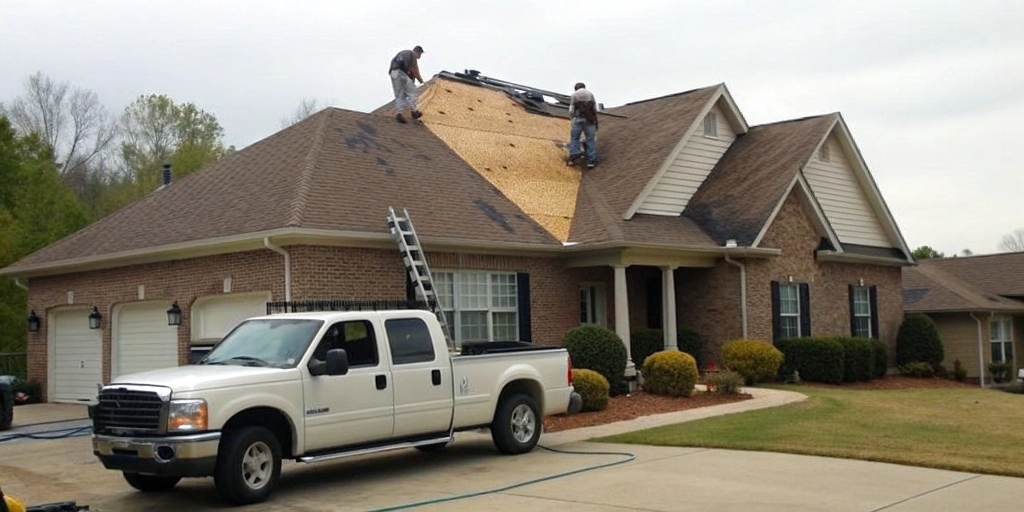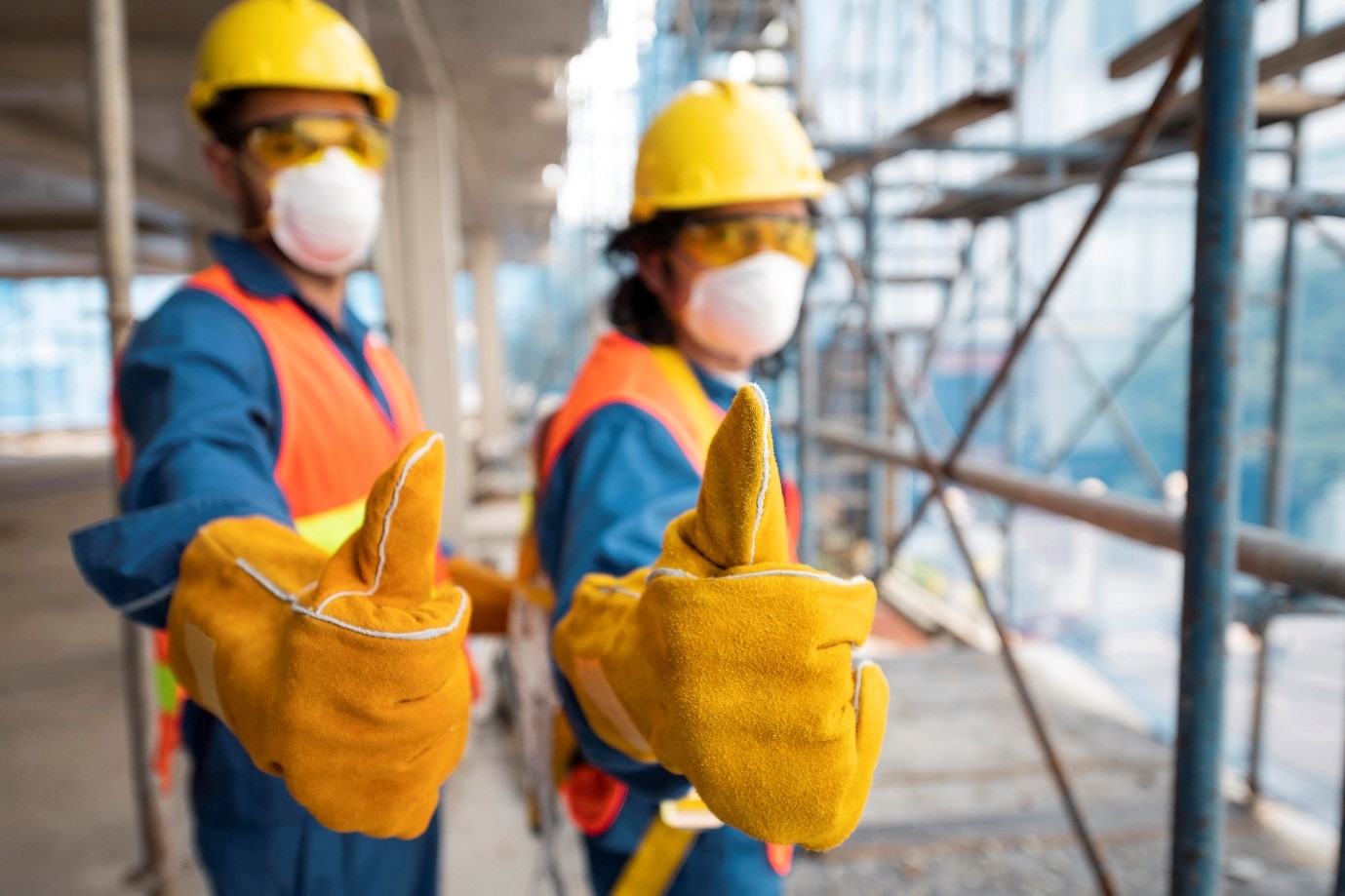DIY projects help develop children’s creativity and ingenuity, but as with anything, children must be taught the principles of safety in order to protect them while they are having fun.
1. Safety first
Major construction and engineering projects all have their security policy, a set of rules to be followed on the job site to ensure the safety of workers.
- However, this kind of security policy has its place in all projects, even small crafts at home.
- For children, these principles include wearing work clothes, using age-appropriate tools and monitoring an adult at all times.
 2. Choose an appropriate workshop
2. Choose an appropriate workshop
- Build your children’s DIY workshop in a well-lit, airy place.
- Provide a separate shelf for materials, gadgets and other supplies.
- Be sure to place a first aid kit within reach of children.
- A well-organized workshop, dedicated to their DIY projects and equipped with an adequate first aid kit, helps children to feel responsible and to ensure that their passion is as pleasant as possible.
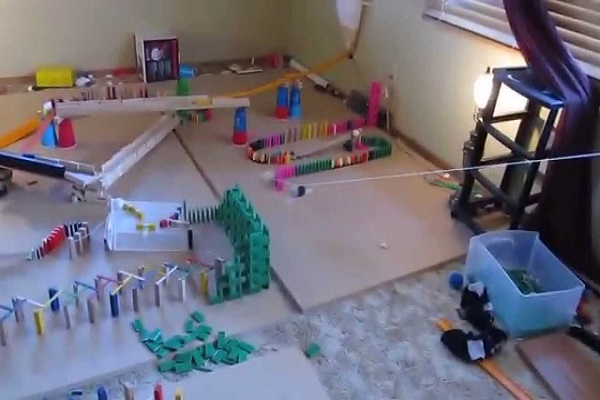 3. Prohibit access to toddlers and pets
3. Prohibit access to toddlers and pets
- Do not allow young children and animals to enter the workshop.
- Small materials such as buttons, glitter, nails and washers may be accidentally swallowed by unattended children.
- In addition, toddlers and animals could hit materials or tools that could ruin the project, or worse, hurt someone.
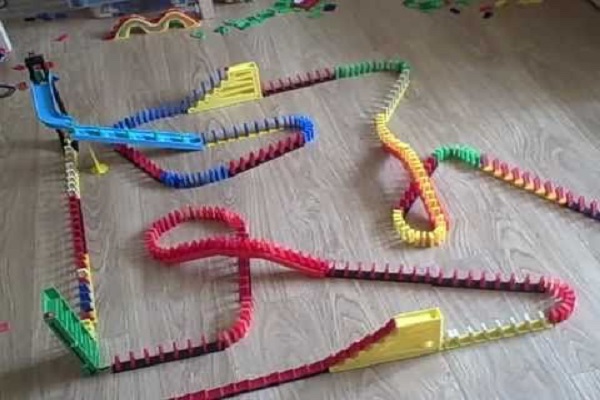 4. Choose the right tools for your children
4. Choose the right tools for your children
- Most DIY projects require the use of tools, from the simplest (such as scissors) to the most complex (like a drill).
- Ensure that children use only age-appropriate and appropriate tools for the project.
- This means providing them with blunt blades and simple power tools like a glue gun instead of a heat gun.
- Never allow a child to use a power tool without supervision.
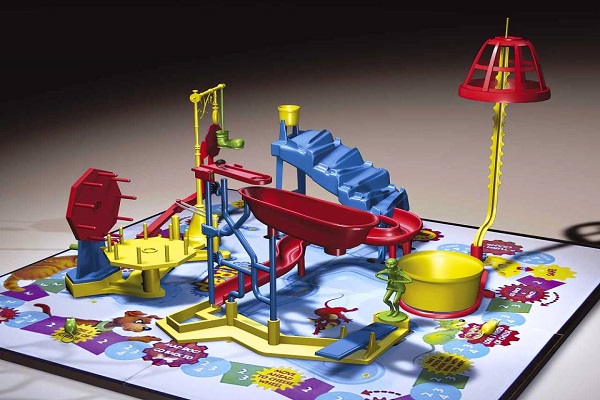 5. Remind her that it is normal to ask for help
5. Remind her that it is normal to ask for help
Although DIY projects help develop the skills and dexterity of young children, their safety should not be compromised.
- In keeping with safety precautions, adults should know when to offer (and insist) help and when to let the young people take up a challenge on their own.
- Tell your children that it is not only normal for them to seek help from an adult, but that this is also the right thing to do if they are to become the best repair people in the world.







